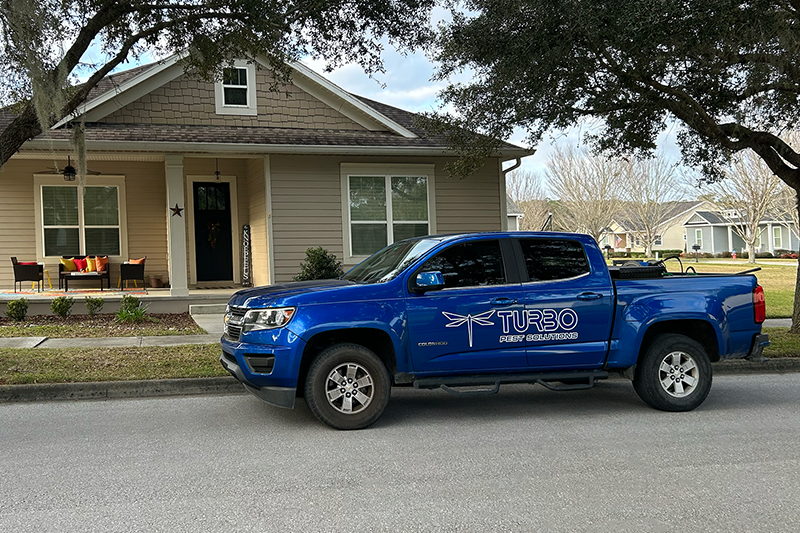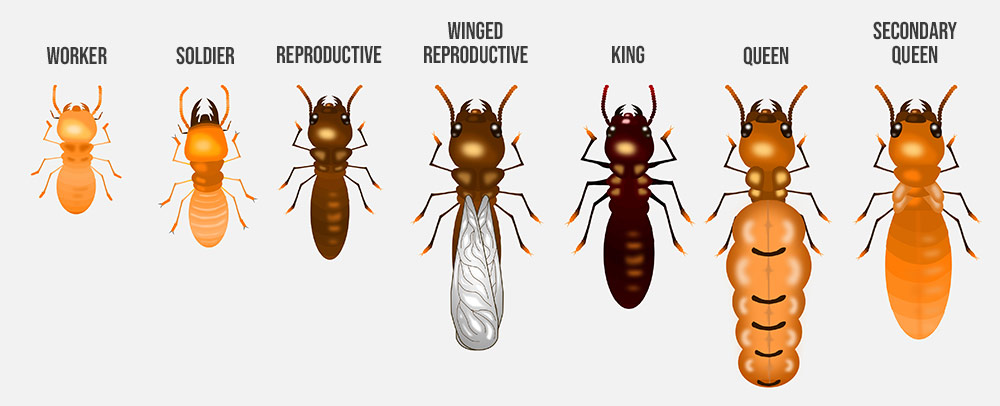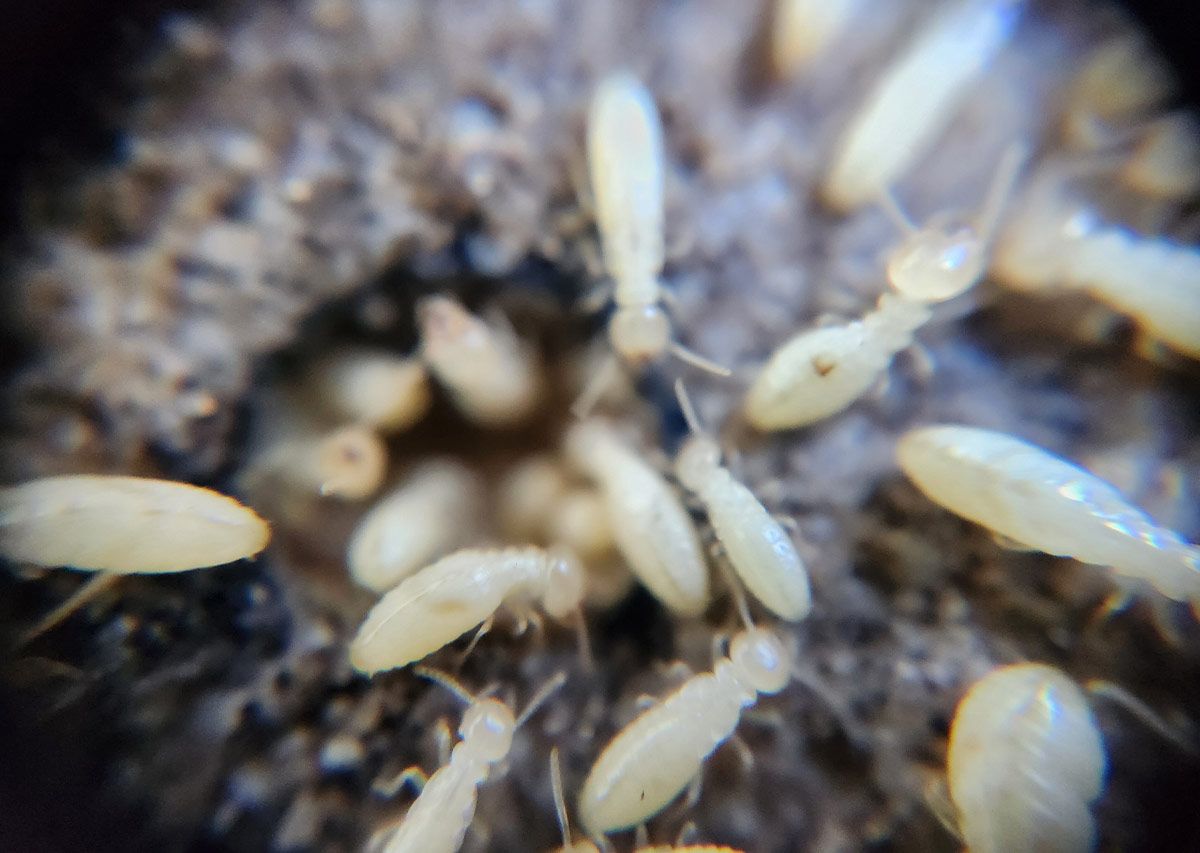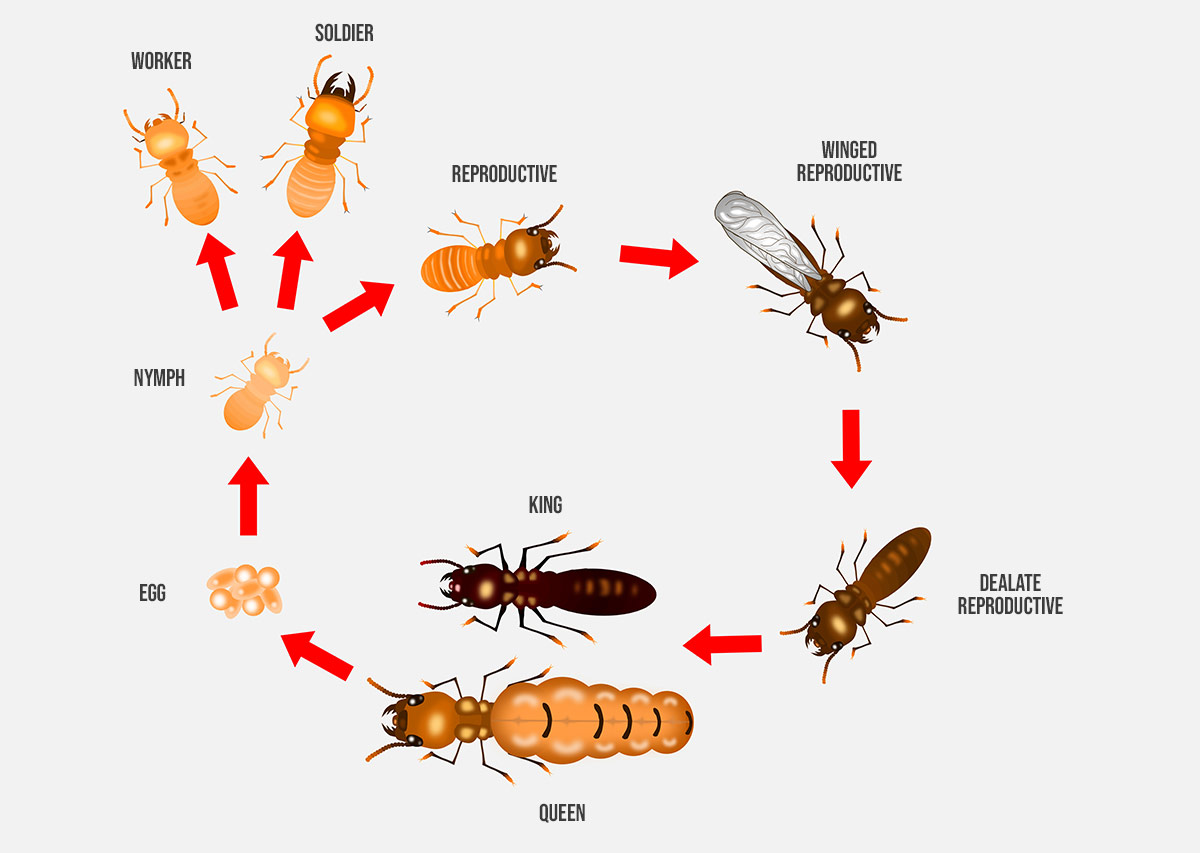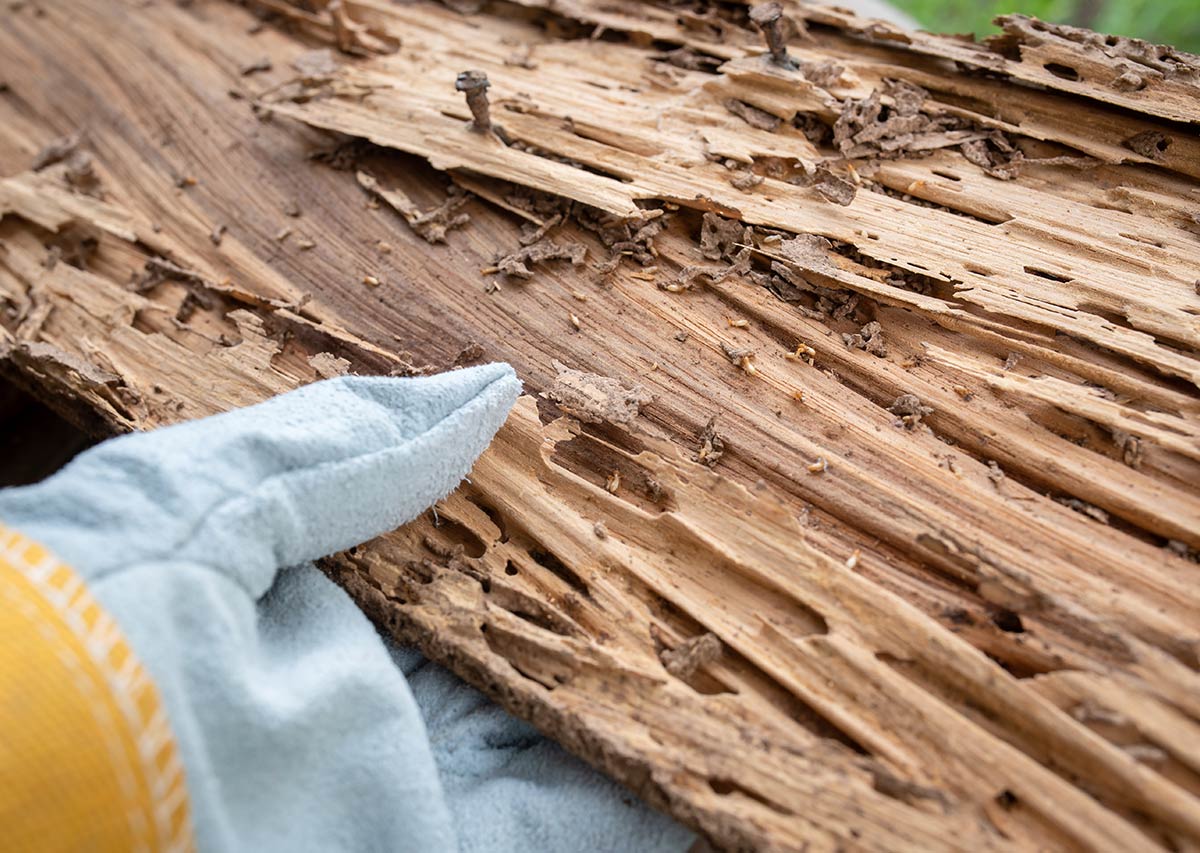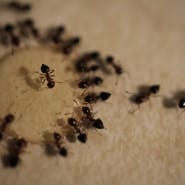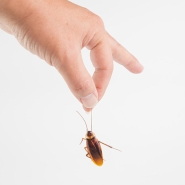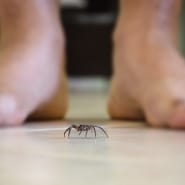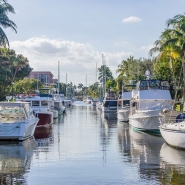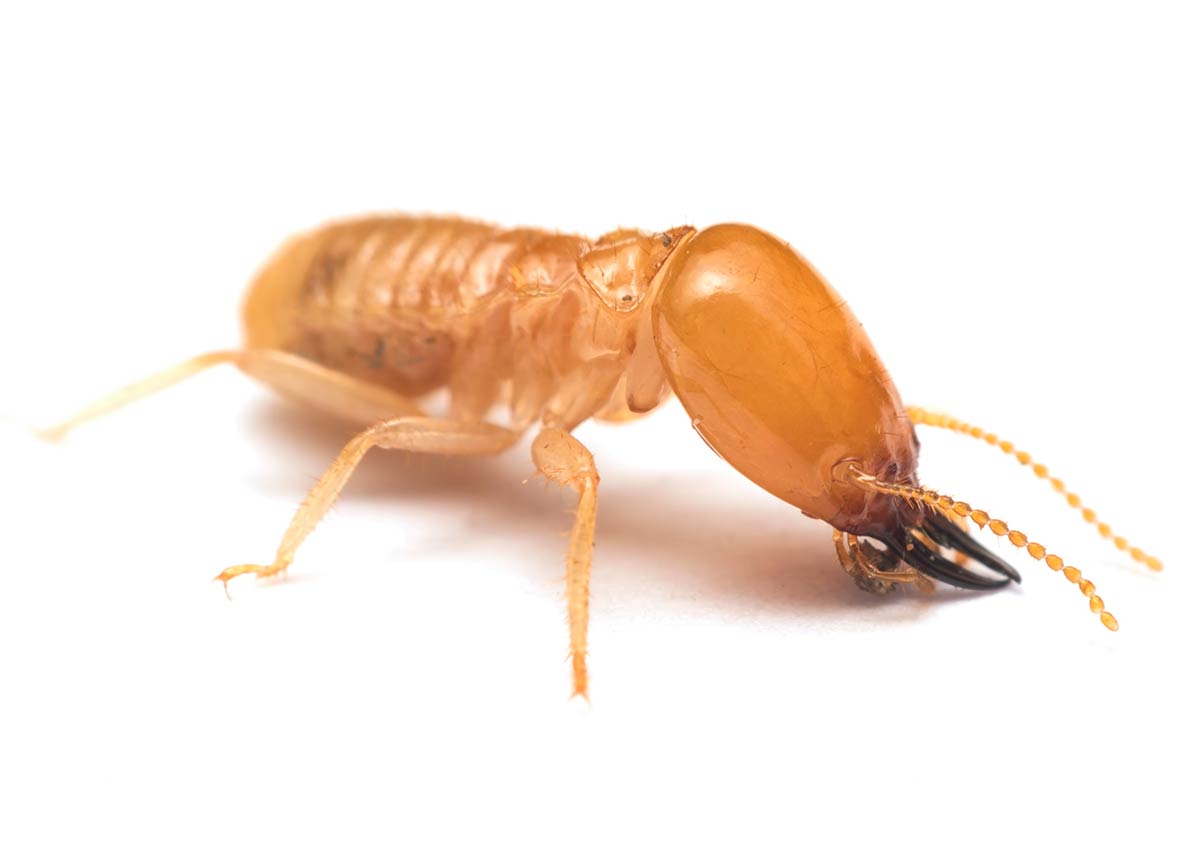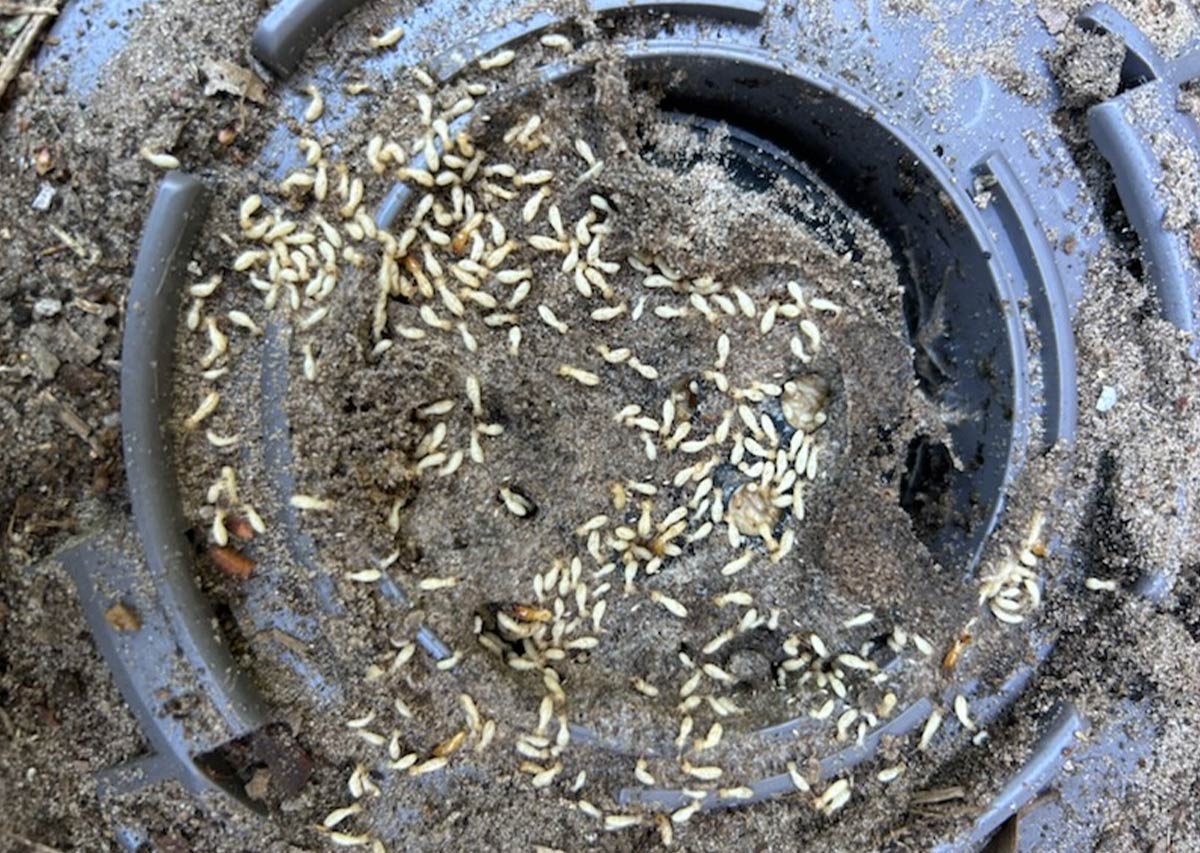Termite Control Services
Our Termite Control Services will
PROTECT YOUR HOME.
Request a No Obligation Estimate or an immediate service call to your home or business. We look forward to serving you!

After contacting a couple other companies, googling some companies and reading reviews about each company, we decided to have Turbo Pest Solutions come out. Turbo Pest Solutions is by far the best pest control service all around. The customer service is impeccable. From first speaking with the owner, Robert, regarding the information about his company and their services, products, and prices, to Hannah, (I think she is the office manager?) who confirmed my appointment and verified my payment, to Charlie, the technician, who did the service, the customer service never wavered. Charlie came out and put our minds at ease. He is very personable and very patient. He is super knowledgeable and very educated on the whole ins and outs of pest control. He educated us on different aspects of the process as well as the lifestages of pests. I highly recommend Turbo and their best technician, Charlie! They didn't try to sell me anything I didn't need, nor did I ever feel pressured from the first phone call to the end of the appointment. They came out the next day and knocked it out in about 30 minutes. Charlie should get a raise for putting up with my incessant talking. All around amazing company! I would give 100 stars if I could! Be sure to ask about the meaning of the name and dragonfly symbol they use in their branding. A very cool story with beautiful meaning! Thank you Robert, Hannah, and Charlie! Yall are the best!
I needed service for carpenter ants and Turbo really did a great job. Charlie the technician that came out was awesomely thorough. Thank you for a job well done.
Initially spoke with Rob. Answered the phone the first time, and he was very nice and explained everything and the price over the phone. A couple days later I received a call letting me know that they were gonna be at my house the next day. THE following day, Charlie arrived And explained everything that He was going to do even told me about the bugs that I was having issues about. This company is truly professional. Thank you!
One call is all it takes. Main problem was carpenter ants And termites. The ants had been there a very long time,they completely eradicated them. Never to be seen again Also spiders and scorpions, palmettos. Turbo Pest Solutions were on point. Very knowledgeable and informative. And you won't be over charged. Rob and Charlie know what they are doing. Nikky Will make appointment and service will show up on time. They meet all my Pest Control needs. Thank You
Turbo Pest Solutions 🕷️🐜
Turbo Pest Solutions 🕷️🐜
My boyfriend and I had a carpenter ant problem that made every night a literal nightmare. They had wings, were flying on counters, into our faces, and coming out of holes in the molding we didn't know existed. We tried raid, spraying products we bought at stores, NOTHING worked and it was only getting worse. Enter Turbo Pest Solutions. The SAME DAY we called, Charlie came out and explained everything that was going on, assessed the situation, educated us on what to do. He sprayed that SAME day!!! We had to trust the process he explained, and within days, life was back to normal!! I know it sounds dramatic, but Turbo Pest Solutions was our Knight in Shining Armour. I am so forever thankful that they took care of this and continue to take care of it.
If you have a Pest problem, don't think, just call these amazing people. They will stop at nothing to solve the problem, and they DO. I will never call another company for Pest control. When bugs feel maddening, they take care of it. Fast.
If you have a Pest problem, don't think, just call these amazing people. They will stop at nothing to solve the problem, and they DO. I will never call another company for Pest control. When bugs feel maddening, they take care of it. Fast.
I’ve had a great experience with Turbo Pest Solutions. They were prompt, professional, and very thorough in addressing our pest problem. The technician was friendly and explained everything clearly. He was very personable, we have the same interest in Harry Potter. Since their visit, we’ve had no issues, and the peace of mind is priceless. Highly recommend them for reliable and efficient service!
After almost a year with a different pest control company for routine checks and sprays, my husband and I discovered we had some how still acquired pests!! We were given a card for Turbo during promotions in our area and called hoping for the best. We were more than pleased with the pricing and after calling around found they were not only most reasonable but we’re definitely the most helpful with our questions and by far the nicest staff. We scheduled our appointment and assessed and severity and started our treatment plan. Charlie was very polite and respectful when he arrived. On time, (which was huge to us after issues with previous company) ready for my million questions, and loaded with their pet friendly spray. After only 1-2 treatments we had a significant improvement! Not only did they handle our problem but Charlie did it with a smile and answers to my 100 ridiculous questions. We have extremely sensitive lizards and a guinea pig and he was sure to check them to be covered after being made aware of them in his first visit. After spraying I expected a bit of an Odor and was pleasantly surprised when there was nothing! We have had amazing results much faster then we expected, and have had the best customer service experience from start to finish since using Turbo. We are extremely happy with our service and would absolutely recommend them to anyone and everyone we know for both quarterly prevention and extermination.







